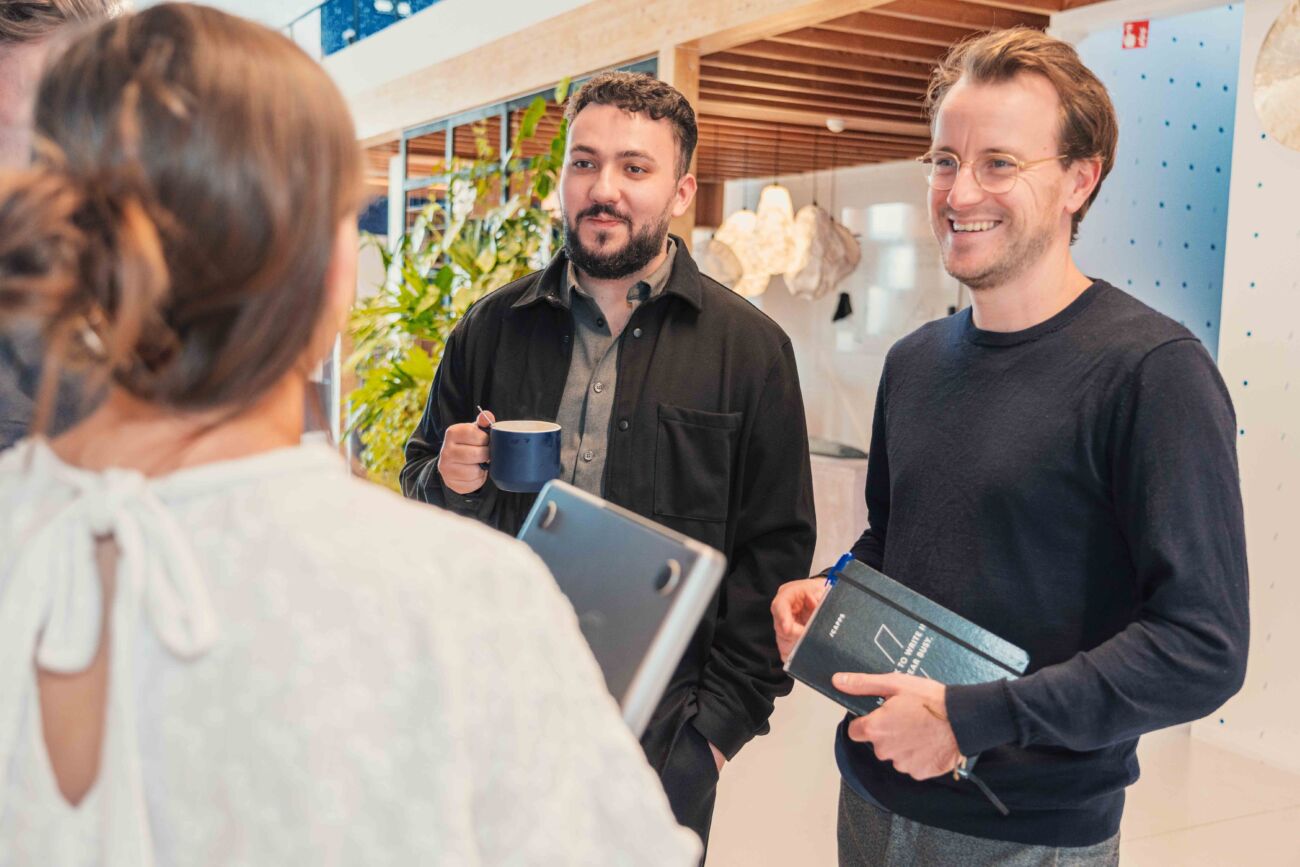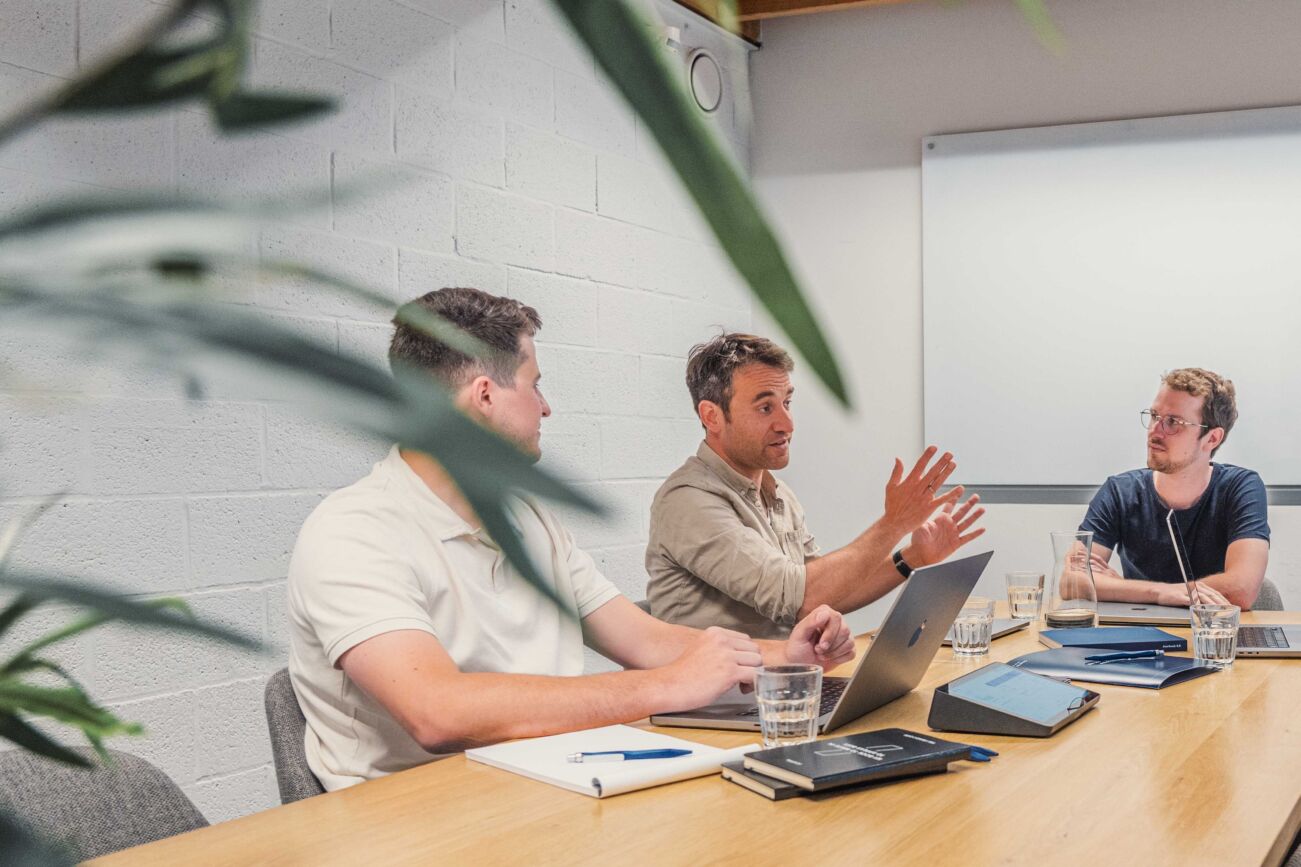Kotlin Multiplatformused to be just a cool idea. Now, it's becoming a real game-changer. It helps developers build apps faster, reuse more code, and work smarter across platforms like Android, iOS, and even websites. Our colleagues Robin, Robby, and Evert visited KotlinConf in Copenhagen and followed Google I/O 2025 closely. These events gave them a front-row seat to the latest evolutions in cross-platform development, and trust us, a lot is happening.
Before we dive into the highlights, let’s quickly clear up some of the buzzwords that kept popping up, because chances are, if you’re not deep into Kotlin every day, terms like KMP or CMP might sound a bit abstract.
So what do KMP, CMP, and Jetpack Compose mean?
Let’s keep it easy:
KMP (Kotlin Multiplatform): Imagine you’re writing code for both Android and iPhone apps. Normally, you’d have to write a lot of the same stuff twice. KMP lets you write that code once and use it everywhere. Super efficient.
CMP (Compose Multiplatform): This one helps you reuse the look and feel of the app, buttons, screens, and layouts across platforms. It’s based on Jetpack Compose, which is a tool to build user interfaces for Android.
Jetpack Compose: A modern toolkit by Google that makes it faster and easier to build beautiful Android UIs using Kotlin. Think of it as a simpler, more flexible way to create layouts with less code.
KMP helps share the brain of the app, and CMP helps share the visuals.
If you're already used to Android development using Jetpack Compose, learning CMP is really easy. And if you know how to build for CMP, you also know how to build for Android native.
What’s new from KotlinConf and Google I/O?
From KotlinConf
CMP is now stable on iOS
There’s a new way to connect Kotlin to iOS apps more smoothly via Swift Export
It’s easier than ever to start a KMP project in Android Studio with the new wizard
Hot reload (which means you see your changes instantly) is already available for desktop in alpha. Support for iOS and Android is still a work in progress
Junie (the AI assistant) is built into Kotlin tools now
From Google I/O 2025
Android 16 lets apps have more dynamic and personalized designs, with smoother animations and improved haptic feedback
Big upgrades for smartwatches and virtual reality (Wear OS and Android XR)
AI tools like Gemini 2.5 and Stitch help design and code faster
A new AI assistant called Jules gives smart code suggestions
A cool new feature called Live Search lets your camera search things in real time
What’s next for CMP & KMP?
CMP is a rapidly growing ecosystem that is catching the attention of the big players. We’ll have to keep an eye out to see their evolution.
While the platform can stabilize on the iOS target by expanding capabilities, development tools, and better IntelliJ-based IDE support. We’ll start exploring our use cases to adopt CMP and KMP. As most commonly used components now have mature, multiplatform ready libraries we think it’s ready for a next step.
You’re in control
With these tools, developers can decide how much they want to share between platforms. They can just reuse a little, or they can share almost everything. And the best part? KMP and CMP work really well together.
Let’s say a team wants the same design for 90% of the app, but something totally custom on iPhone, they can do that.
AI is helping too
At KotlinConf, JetBrains showed off Junie, their AI assistant for Kotlin developers. During a UI coding challenge, a team with no CMP experience used Junie to build a screen. In just 7 minutes, they had a working MVP that closely matched the intended design.
It’s not production-ready, but as a proof of concept, it shows real potential. Whether it’ll hold up in real-world use is uncertain, but the progress is impressive. Our colleague Robby tested it too, and Junie performs fairly well in different situations, though it’s still AI, of course.
The big picture
Kotlin Multiplatform is no longer just a good idea, it works. And Compose Multiplatform is improving quickly. We’re currently experimenting with both, and the potential is huge. Whether you're part of a mobile team or simply curious about modern app development, now’s the perfect moment to dive in.


